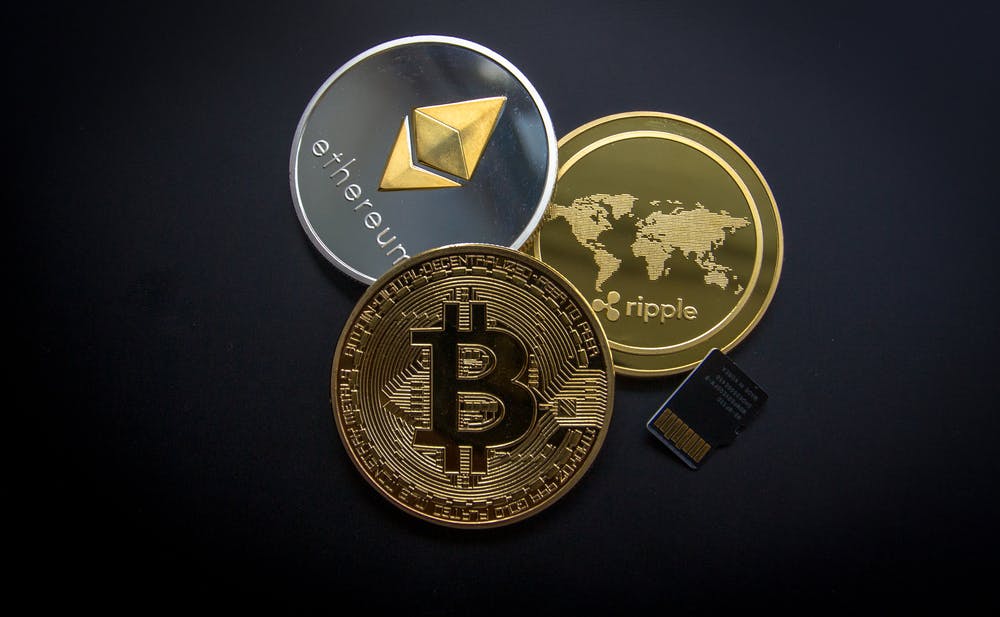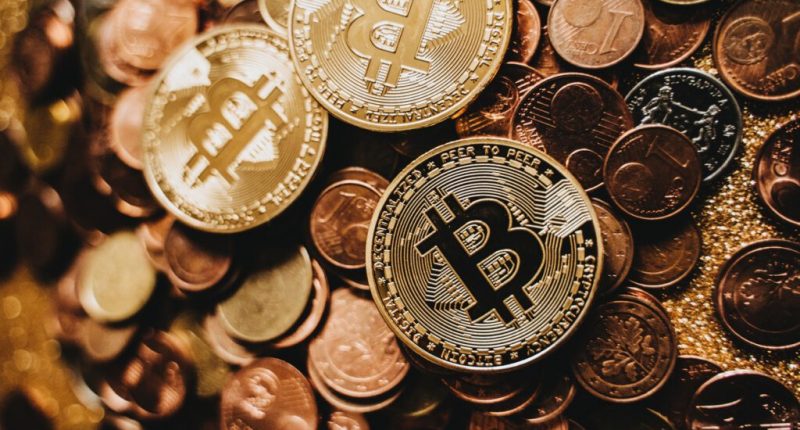Bitcoin. Probably, this is one of the key buzzwords of the decade. Bitcoin is a type of cryptocurrency, which uses Block chain technology for digital payments and is a highly decentralised peer to peer transaction system. There has been a lot of talk among various circles about bringing it into the mainstream as a global currency. In this article, we try to decipher whether using Bitcoin as a currency is beneficial for the economy or not.
The current price of Bitcoin has reached all the way to 58,500 USD from 327 USD in 2015. This is being reported in all the newspapers, TV and other media streams as there is a significant increase in the value of Bitcoins. But the whole point is that neither Bitcoin nor the fiat money which is in circulation nor the commodities like gold, silver etc. has any intrinsic value. Their intrinsic value is Zero. They can only be priced, because you can only calculate intrinsic value for those asset classes where there is a cash flow associated with them. Prominent personalities like Warren Buffet and Aswath Damodaran have been quoting this time and again in the public domain.

If we look back in time, till 1971, almost the entire Global economy was running on the currency system called Gold Standard. But in 1971, Richard Nixon, the then President of USA, abandoned it and the Fiat Currency Regime came into existence. The main reason behind this was the Government was unable to print money in excess of the gold available with it. The reason behind the thrust of the Governments to print more in a judicious way by considering the overall economic condition of the country is to expand and provide an incentive for people to earn and grow. This was just possible with fiat currency and not with others like Commodity and Representative Currency. Similarly, Bitcoin is a kind of Commodity or Representative Currency with its limited supply.
Without the Fiat Currency regime, we will be putting an end to the growth story. To explain, if we go back 30-40 years back, most of the people used to have maximum of around 10 pairs of clothes, at least in India. But now, people have got a wardrobe full of clothes. How did all this happen? This was all possible because people were able to consume more and people were able to consume more because they were able to spend more and people were able to spend more because they were able to earn more and people were able to earn more because businesses were able to invest and produce more and the businesses were able to do so because more money was brought into circulation and hence the Consumption – Investment – Employment cycle ran prosperously leading to the economic growth worldwide. Now, since there is a cap or limit on the number of Bitcoins in circulation, it will not be possible for the economies to expand beyond a limit and hence there will be a clear mismatch between the resources available for more production and consumption and the instrument required to purchase those resources or the end products and thereby slowing down the economic cycle mentioned above and in turn destroying the growing economic scenario.
Moreover, the major fundamental difference between appreciating and depreciating assets is that we buy depreciating assets like vehicles, whereas we invest in appreciating assets like stocks. Similarly, Cash or fiat currency is a depreciating asset whose value deteriorates over the period and that’s the base for the time value of money concept. But Bitcoin is an appreciating asset and not a depreciating asset like fiat money. This is one of the main reasons why Bitcoin can’t be treated as the normal currency which we use now.

There are various behavioural aspects which will also determine the spending habits of the people. For example, if a person has USD 1000 today and he feels like spending it on clothes, then he is most likely to spend it. Whereas, if he had a similar USD 1000 worth of a share of a company with him and if he was asked to pay for the cloth with that stock instead of cash, then he is likely to think of a scenario where he might lose out if the stock price went up the very next day and hence he might probably opt out from buying clothes and might postpone his purchase. This is again because of the depreciation and appreciation difference mentioned in the above point. The same thing will likely happen with respect to Bitcoins if they are brought into mainstream. This postponement phenomenon of purchase will result in a ripple effect of less consumption demand, low business growth, low private investments and high unemployment rate and finally in a country like India, where the population is growing at a very high rate with majority of the population being working class, this will lead to an economic slump.
Also, the Bitcoin is highly volatile and its measured standard deviation is significantly higher than any currency in the world and does not comply with the three basic requisite criteria of a Currency, i.e. as the Medium of Exchange, Store of Value and Unit of Account. In conclusion, the Bitcoin should not be brought into mainstream as a currency as the downside of doing so outweighs the upside.





